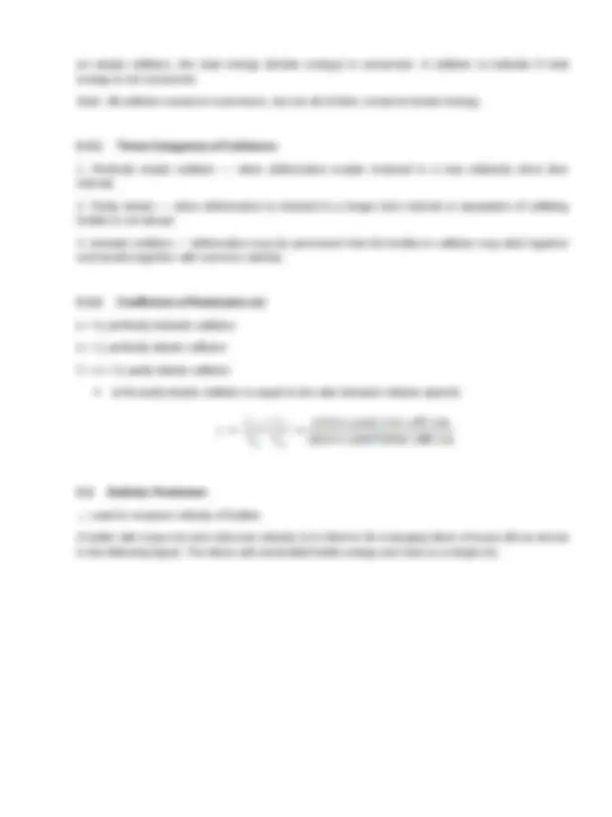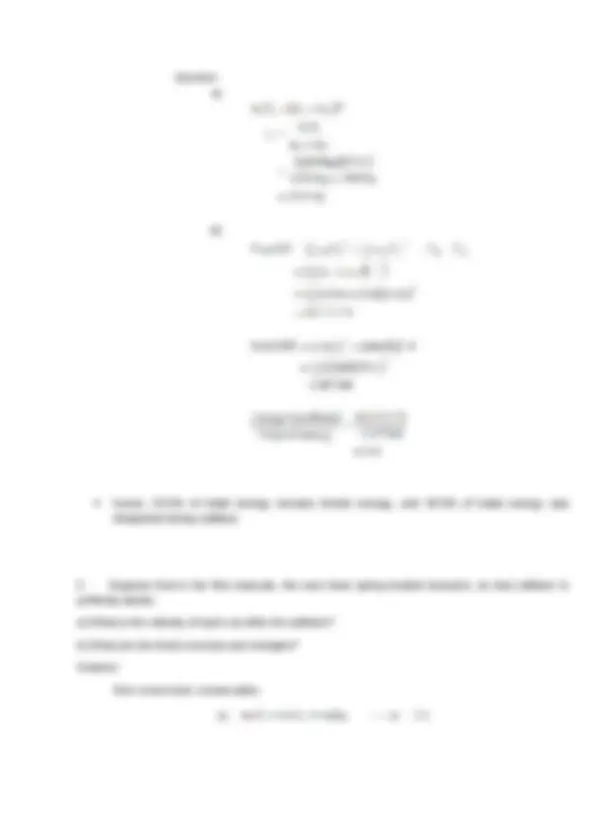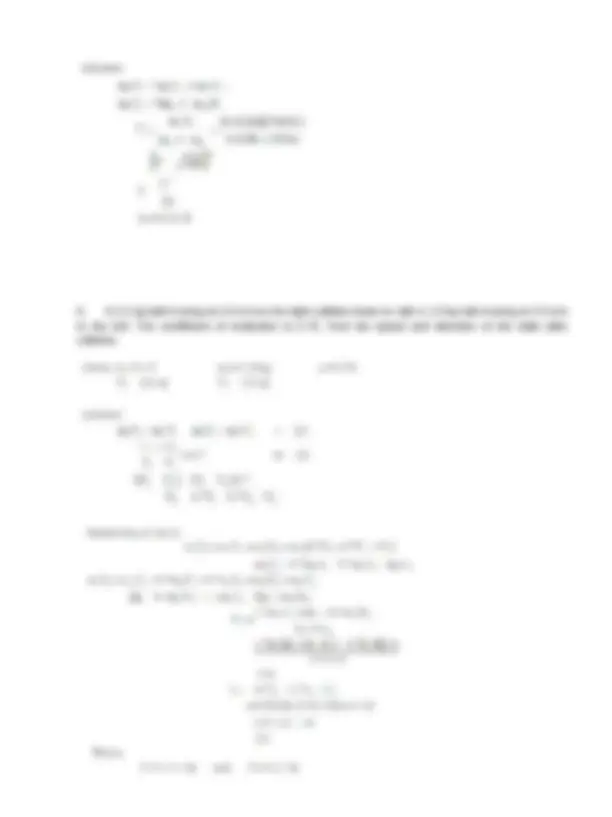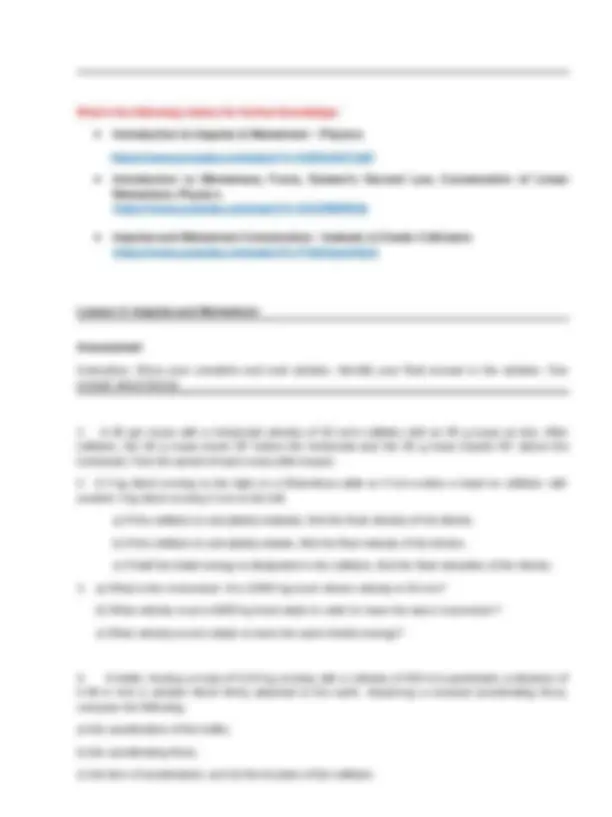








Study with the several resources on Docsity

Earn points by helping other students or get them with a premium plan


Prepare for your exams
Study with the several resources on Docsity

Earn points to download
Earn points by helping other students or get them with a premium plan
Community
Ask the community for help and clear up your study doubts
Discover the best universities in your country according to Docsity users
Free resources
Download our free guides on studying techniques, anxiety management strategies, and thesis advice from Docsity tutors
This will help you to solve for your assignment and seatworks. There are examples to fully understand the lesson
Typology: Assignments
1 / 10

This page cannot be seen from the preview
Don't miss anything!







Introduction The law of conservation of energy, which discussed in the previous lesson is one of several great conservation laws in physics. Among the other quantities found to be conserved is linear momentum. I this lesson, conservation of linear momentum and energy will be used to analyze collisions. Collisions as between billiard or pool balls that illustrates vector law very effectively. The total vector momentum before collision equals the total vector momentum after collisions. Learning Outcomes After successful completion of this lesson, you should be able to: Relate Newton’s second Law of Motion to impulse and momentum. Calculate the impulse of a force and relate it to the change in momentum. Distinguish between internal and external forces among interacting bodies. Recognize when momentum is conserved. Apply the impulse — momentum relation and the conservation of momentum to a variety of problems involving collisions (elastic and inelastic) and other kinds of interaction between bodies. Discussion 5.1 Linear Momentum Momentum is a property related to an object’s motion and mass. The faster the object moves and the larger its mass, the greater is its momentum. It is the tendency of an object to continue moving at constant velocity and thereby encountering difficulty in bringing the object to rest. The linear momentum p is defined quantitatively as the product of its mass m and velocity v : Momentum = p = mv The Unit Of Momentum is Since velocity is a vector quantity having magnitude and direction, momentum is also a vector quantity with magnitude and direction. The direction of an object’s momentum equals the direction of its velocity. 5.2 Impulse
Impulse is the product of a force acting on an object and the time that the force acts. An impulse causes the object’s momentum to change: Impulse J = F • t An equation relating the impulse of a force and the subsequent change in momentum of the object on which the force acts is derived using Newton’s Second Law of Motion and kinematics: Rearranging the terms or 5.3 Conservation of Linear Momentum As two colliding bodies interact with each other, they exert forces on each other. These are internal forces if we take the two bodies together as our system. At the same time, they may be acted upon by other external forces such as friction. The total linear momentum of a system is conserved if there is no additional external force present before, after and during the collision. The total linear momentum of a system remains constant. 5.4 Collisions When two bodies collide, internal forces are external during the short time of impact. These forces may be conservative or dissipative. If the forces are conservative, the collision is said to be elastic. In
Sample Problems with Solutions:
hence, 59.5% of initial energy remains kinetic energy, and 40.5% of initial energy was dissipated during collision